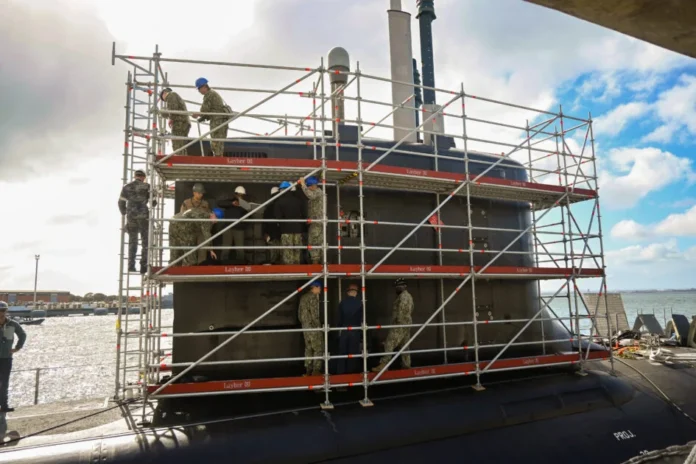Australia will hire 200 people over the next two years to gear up for the allied rotational submarine presence at its western naval base, the Australian Government announced. The boost to the submarine workforce is part of the new Jobs for Subs effort that will hire personnel to work for the government-owned ASC Pty Ltd as maintainers of nuclear-powered submarines, US Naval Institute news reports.


